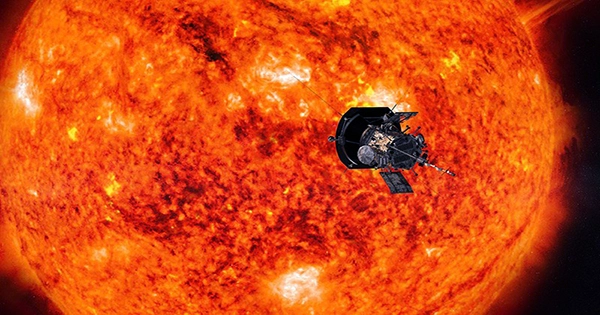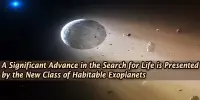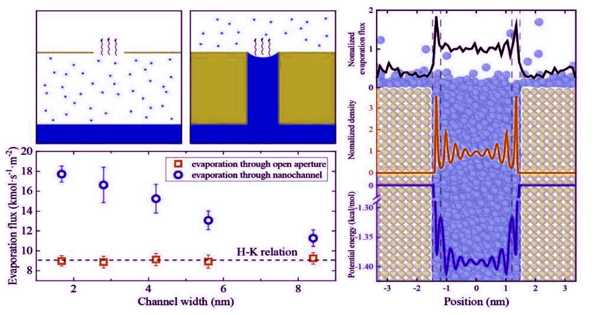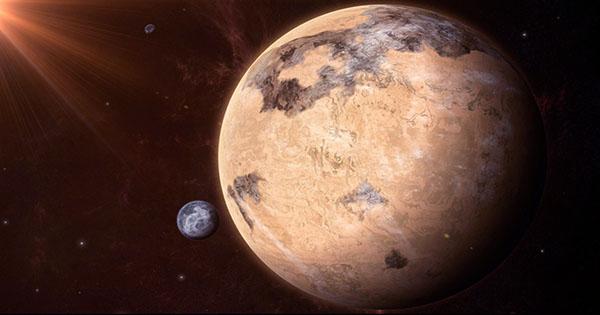A strange feature about the Sun is that we have never observed its poles after years of careful study. Fortunately, we’re on a quest to accomplish just that. The Solar Orbiter of the European Space Agency (ESA) is photographing the Sun like never before, and its first close approach revealed new features of our star and began to show the poles. Planets (and most of the spacecraft we launch into space) tend to circle around the Sun’s equator in a fairly narrow plane. This prevents a view of the solar poles, thus the Solar Orbiter’s inclination will be lifted higher and higher utilizing Venus’ gravitational pull.
Solar Orbiter’s present inclination with regard to the Sun’s equator is 4.4 degrees, and it is predicted to double during the following approach of Venus in September. While we are still a few years away from a downward look at the poles, Solar Orbiter’s first perihelion – the closest point to the Sun – on March 26 provided the first image of the Sun’s much understudied southern polar area.
Understanding the complexities of the magnetic field near the Sun’s poles might help scientists better understand the solar cycle, the roughly 11-year period during which the Sun’s activity waxes and wanes. The inclination of the orbit will be boosted to 17 degrees during Venus’s fourth flyby in February 2025. After another passing, it will reach 24 degrees in December 2026. The “high-latitude” expedition will commence at that point. In a statement, Daniel Müller, ESA Project Scientist for Solar Orbiter, said, “We are extremely happy with the quality of the data from our first perihelion.” “It’s hard to realize this is only the beginning of the mission.” We’re going to be quite busy.”
While we are still unable to gaze down to the poles, the spacecraft’s 10 sensors are providing cutting-edge data about the Sun. The so-called “hedgehog,” a 25,000-kilometer (15,500-mile) plasma structure made up of hot and cold gas spikes extending in numerous directions, is one of its most recent discoveries. “Even if Solar Obiter stopped taking data tomorrow, I’d be occupied for years trying to figure out all this stuff,” said David Berghman, the Principal Investigator (PI) of the Extreme Ultraviolet Imager (EUI) instrument at the Royal Observatory of Belgium.
Solar Orbiter was 47.9 million kilometers (29.7 million miles) from the Sun during perihelion, which is nearly 69 times the radius of the Sun. Its heat shield measured a temperature of roughly 500°C (932°F) due to its proximity to the Sun, quickly dispersed without frying the instruments within. Solar Orbiter is a NASA partnership.
















